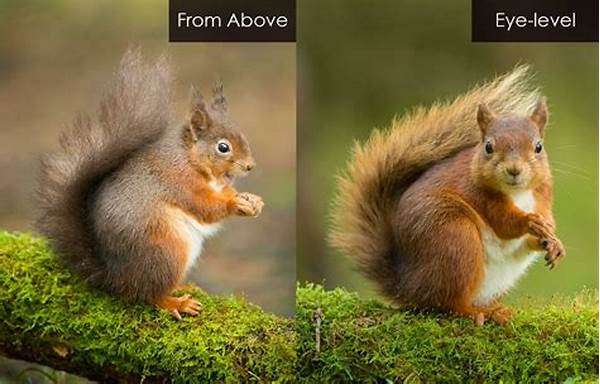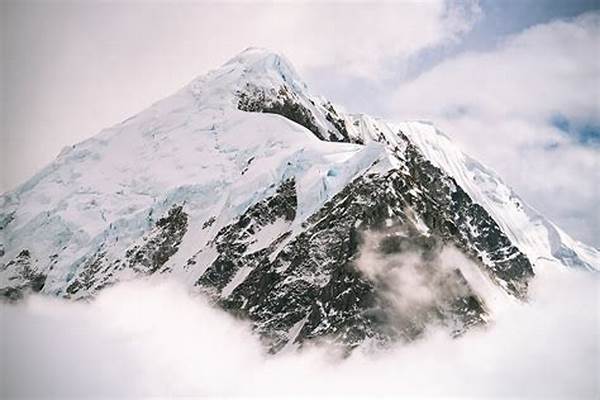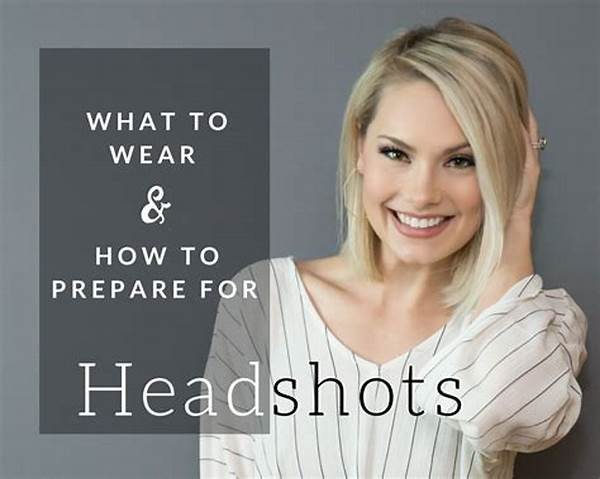Hey there, aspiring wildlife photographers! If you’re here, you’re probably ready to dive into the amazing world of capturing wildlife through your lens—and trust me, it’s a thrilling adventure. Picture yourself in the wild, the sun gently warming your face, the sound of rustling leaves in the background, as you patiently wait for that perfect shot of a playful fox or a majestic eagle. Sounds exciting, right? Well, it totally is! Before you grab your camera and hit the trails, let’s go through some wildlife photography tips for beginners to make your journey a tad smoother and a lot more fun!
Read Now : Best Cameras For Travel Photography
Getting Started with Wildlife Photography
Alright, first things first—gear up, my friends. You don’t need the fanciest camera to start, but a decent DSLR or mirrorless camera can make a world of difference. Once you’re equipped, practice makes perfect. Head over to your local park or even your backyard where wildlife makes an appearance. As a beginner, understanding the behavior of your subjects is crucial. Spend time observing them. And don’t forget, patience is key—it might take a while to get the shot you’re dreaming of, but when you do, it’ll be worth it!
Lighting is another biggie! The golden hours—just after sunrise and before sunset—are your best pals. They provide that soft, magical glow that can turn a simple picture into something extraordinary. Don’t shy away from experimenting with different angles and settings. Remember, every shot tells its own unique story, and the wilder the tale, the better!
Lastly, respect wildlife and their habitats. We’re visitors in their world. Keep a safe distance and never disrupt their natural behavior. Not only is this respectful, but it also ensures you capture authentic moments. Start with these wildlife photography tips for beginners, and you’ll find yourself captivated by the natural world in no time.
Essential Gear for Beginners
As we delve deeper into wildlife photography tips for beginners, your gear plays a pivotal role. A tripod can be your best buddy to stabilize those zoomed-in shots. Don’t forget a telephoto lens—it’s essential for capturing distant subjects without getting too close.
Comfort is key, so grab some lightweight and weather-ready clothing. Staying camouflaged and undetected in the wild helps in getting those candid wildlife shots. Trust me, blending in with the environment only enhances your experience and results!
Backup batteries and memory cards? Absolutely! You never know how long a photography session might last or how many epic shots you’ll capture. There’s nothing sadder than missing out because you’re low on battery or memory space.
Try using a beanbag or a monopod as a portable stabilization tool. It’s super handy, especially when you’re on the move in uneven terrains. Thankfully, this is one of those wildlife photography tips for beginners that helps capture stunning images while hiking or exploring.
Finally, a sturdy camera bag not only protects your gear from the elements but also keeps it organized. It’s all about ensuring you’re ready to capture nature’s wonders at a moment’s notice!
The Art of Patience and Observation
If there’s one thing I can emphasize in these wildlife photography tips for beginners, it’s patience and observing your subjects. Wildlife isn’t going to pose for you like a professional model, which makes spontaneous captures even more wonderful. Spend time watching. See how animals move, interact, and even the environment they are in.
For instance, if you’re aiming to shoot at a bird feeder, spend time understanding which birds visit and at what times. This way, you’ll know exactly when to be ready to capture that perfect shot. Observation leads to predictions, allowing you to anticipate when an animal might exhibit interesting behavior.
The waiting game can be challenging, but remember, nature is unpredictable, and that’s the beauty of it. Each moment is unique, and when you do capture it, it’s a rewarding experience like no other. So, rest easy, bring a comfy seat if needed, and let nature take its course. These wildlife photography tips for beginners focus on enjoying the process as much as the product.
Don’t Be Afraid to Experiment
1. Different angles, unique perspectives—you name it! These wildlife photography tips for beginners emphasize getting playful with your shots. Sometimes, the unexpected compositions make the most stunning photos.
2. Mirrorless or DSLR shooting modes are your playground, so don’t stick to one setting. Manual, aperture priority, or shutter priority can each bring something new to the table.
3. Try black and white! A simple tweak can add drama to your photos. It’s perfect for animals with strong contrasts, like zebras or pandas.
4. Look for reflections. Water bodies create stunning reflections. It can turn a simple animal shot into an ethereal masterpiece.
5. Slow and steady wins the race! Experiment with slow shutter speeds in the more bustling environments to capture dynamic movement.
Read Now : Precise Focus For Macro Photography
6. Utilize backlighting during sunrise and sunset for a magical silhouette effect—it’s truly a photographer’s dream and one of the coolest wildlife photography tips for beginners.
7. Dabble in close-ups or macros. Capturing the fine details of an animal can significantly escalate the depth of your work.
8. Post-processing isn’t cheating. A little color correction or cropping can perfect an otherwise simple image.
9. Practice with burst mode to capture fast-moving subjects. More frames mean a better chance of snagging that incredible action shot.
10. Lastly, experiment with composition rules like the rule of thirds. It helps highlight your subject more effectively and creates more balanced photographs.
Mastering the Shutter Speed
In your adventurous exploration of wildlife photography tips for beginners, mastering shutter speed is a skill you’ll eventually want to hone. The shutter speed essentially dictates how fast or slow your camera’s shutter opens and closes, capturing your subject at different speeds. Think of it like this: a faster shutter speed freezes fast-moving action, while a slower shutter speed is fantastic at capturing motion and light trails. But what does this mean for someone diving into wildlife photography?
Well, imagine you’re trying to snap a photo of a bird in flight. A faster shutter speed (like 1/1000 or higher) is your best bet. It’ll help freeze those fast-flapping wings into stunning clarity. On the other hand, if you want to add a sense of movement or portray an animal gracefully moving through its environment, a slower speed is golden. But do remember, slower speeds might require a tripod to avoid shaky images.
Playing around with shutter speed isn’t just practical; it’s part of the creative process within wildlife photography tips for beginners. An eagle soaring above or a deer prancing across a field—each scenario narrates a different story, and your shutter speed is the key to expressing it. Try practicing in different light conditions and settings. You’ll soon find your rhythm and style in the wildlife photography dance!
Editing Your Wildlife Shots
Now, let’s chat a bit about editing—because trust me, it’s an essential part of your photography journey! But, don’t worry if the thought of editing seems a bit daunting. When it comes to wildlife photography tips for beginners, a little editing goes a long way in enhancing the natural beauty you’ve captured.
Think of it as adding a little extra sprinkle to your ice cream sundae. Your photos are already awesome, and editing can help bring out the best of your work. Whether you’re using Adobe Lightroom, Photoshop, or any other editing software, start with the basics. Adjusting brightness, contrast, and saturation is a great way to enhance your images without going overboard. Aim to accentuate the features you want to highlight, like the rich colors of a bird’s feathers or the intense gaze of a lion.
Remember to keep your edits natural. The goal is to bring out what was already there, not overshadow it with overly dramatic effects. Invest some time in learning a few editing tricks—it’ll pay off big time! Besides, playing around with editing tools is a creative process in itself and one that not only adds another layer of fun to your wildlife photography journey but also elevates your final product to share with the world. Happy editing, folks!
Key Takeaways for Aspiring Photographers
Wildlife photography is an adventure that connects us to the beautiful, untamed world around us. For beginners, it’s a journey filled with learning, patience, and countless moments of awe. Trust me, following these wildlife photography tips for beginners will not just make you a skilled photographer, but also a keen observer of nature.
A good start lies in proper preparation, from choosing the right gear to practicing in familiar surroundings. Keep experimenting with angles and settings; expect success to come as you learn from trial and error and embrace the unpredictability of wildlife. Most importantly, as you venture into the wild, remember to respect and appreciate the habitat and its creatures.
Capture moments that might seem mundane but hold a unique story. As you improve your skills, you’ll notice an evolution in your perspective, igniting a passion for capturing the earth’s beauty in its rawest form. Wildlife photography isn’t just about the photographs themselves, but also the unforgettable experiences that come with them. So grab your camera, breathe in the crisp outdoor air, and let your wildlife photography journey begin!



